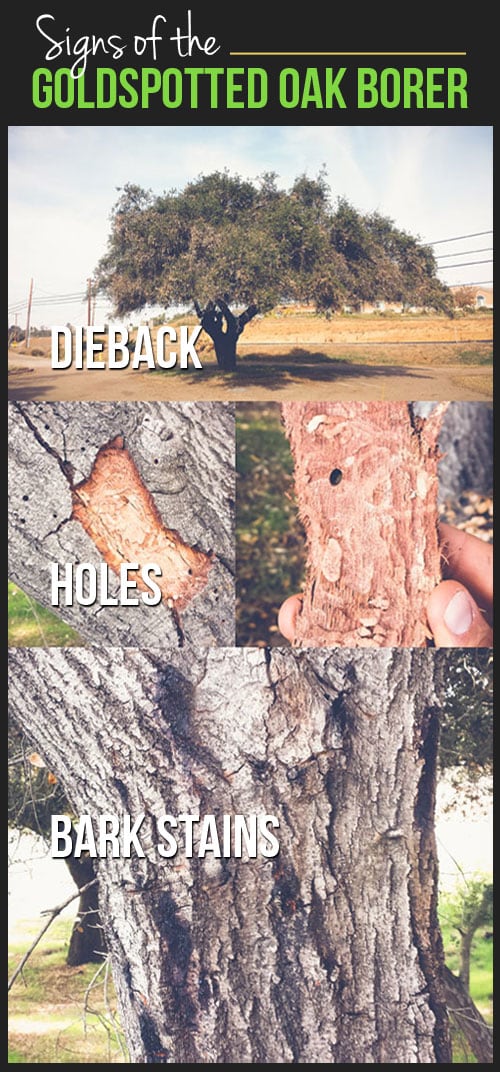Indicators Indicating The Requirement For Tree Elimination: Identifying Risky Trees
Indicators Indicating The Requirement For Tree Elimination: Identifying Risky Trees
Blog Article
Staff Writer-Lillelund Skovsgaard
When it concerns tree care, acknowledging the indicators that it's time for elimination is vital for your safety and home. You might observe discolored leaves, wilting branches, or odd fungal growths indicating health problems. Structural problems, like a significant lean or fractures in the trunk, can also posture risks. Recognizing these warning signs can help you make educated decisions about your trees and avoid potential risks lurking in your lawn. What should How To Prune A Dwarf Peach Tree look for following?
Signs of Decay and Disease
When you see indications of degeneration and condition in your trees, it's vital to act swiftly. Look for stained fallen leaves, wilting branches, or unusual developments like fungi. These can show that your tree is struggling.
If you see fractures in the bark or soft, mushy timber, these symptoms recommend internal decay. In addition, a sudden increase in bugs around your tree can signal that it's weakened and at risk.
Look for any dead or dying limbs, as they pose a threat to your home and security. If you're uncertain about what you see, speaking with an arborist can supply clarity.
Dealing with these signs early can save you from a lot more extensive damages and make sure the wellness of your yard. Do not wait till it's too late.
Structural Instability and Leaning
As you observe your trees, watch out for any type of indications of architectural instability or leaning. If simply click the following site leans substantially, it may suggest that the root system is endangered.
Try to find any kind of splits in the trunk or soil around the base; these can signify possible failure. In addition, check for unusual development patterns, like an unbalanced crown, which may suggest that the tree is struggling to hold itself upright.
If you observe that the tree favors your home, power lines, or various other frameworks, it poses a greater danger. Do not neglect these indications-- speak with an arborist to assess the situation.
Taking action early can prevent costly damage and guarantee your safety.
Dead or Perishing Branches and Foliage
If you observe dead or dying branches and vegetation on your tree, it's a clear sign that something's incorrect.
These unhealthy locations can indicate underlying concerns like condition, insect infestations, or environmental tension. When branches lose their leaves or turn brown, they're no more contributing to the tree's health. Ignoring these indications could result in additional decline, making your tree more harmful.
Dead branches can conveniently break off during tornados, posing a danger to residential property and individuals nearby. It's important to analyze the level of the damage.
If the problem impacts a considerable part of the tree, take into consideration getting in touch with a professional. They can help figure out if removal is required to ensure safety and security and maintain the charm of your landscape.
Conclusion
If you observe any kind of indications of degeneration, architectural instability, or dead branches on your trees, do not disregard them. These indicators can present major safety threats to you and your residential or commercial property. It's always best to consult a professional arborist who can provide a professional analysis of your trees. Doing something about it early can prevent accidents and expensive damage, ensuring your landscape stays secure and healthy and balanced. Remember, it's far better to be proactive regarding tree care than to wait for a calamity to occur.
